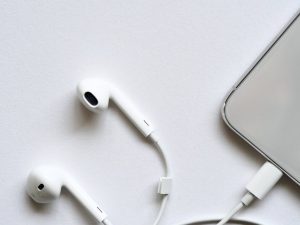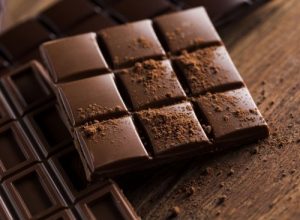When you are studying in the library or walking around the street, you would probably see so many people with headphones. Yes, that is true that Airpods or other types of headphones are getting popular and furthermore becoming one of “the-most-important-belongings” to us. However, did you notice that constant use of headphones can put your ears in danger and might lead to hearing loss? The damage to hair cells in the ears can last temporarily or permanently.

Credit: https://www.pexels.com/photo/apple-earpods-983831/
How Headphones Damage Our Ears?
First of all, sound waves need to travel from the outer ear to the inner ear and to be converted into nerve impulses in the inner ear, the cochlea, in order for us to be able to sense hearing. The cochlea is composed of a number of hair cells where sound waves are actually transformed into electrical signals for the brain. Hair cells would be completely bent or broken because of exposure to excessive volume. If the hair cells would not have enough time to recover back, then the damage can be permanent. Therefore, hair cells would not be able to grow back or to send signals to the brain.

Hearing mechanics Credit: https://upload.wikimedia.org/wikipedia/commons/e/e4/Hearing_mechanics_cropped.jpg
What Leads to Hearing Loss?
Volume and the length of usage likely contribute to hearing loss. Many people might misunderstand that only high volume would damage our ears, however, it just leads to faster damage. Low volume still affects our ears. Furthermore, the impacts of volume and the length of usage on our ears can be equivalent to other noises that audiologists called “noise-induced hearing loss“, a hearing impairment from overexposure to loud music. According to a research conducted by Josef Shargorodsky, the number of adolescents with hearing loss even in mild level had been increasing over time in the United States from 14.9% in 1988-1994 to 19,5% in 2005-2006.
How Should We Protect Our Ears?
In this video, Greta Stamper, an audiologist at Mayo Clinic, suggested some tips to prevent our ears from hearing loss or ear damages.
It is hard to stop using headphones, however, it is possible to protect our ears by having enough recovery time, setting up the volume low or etc.
Ellen Lee
Blog post #2

